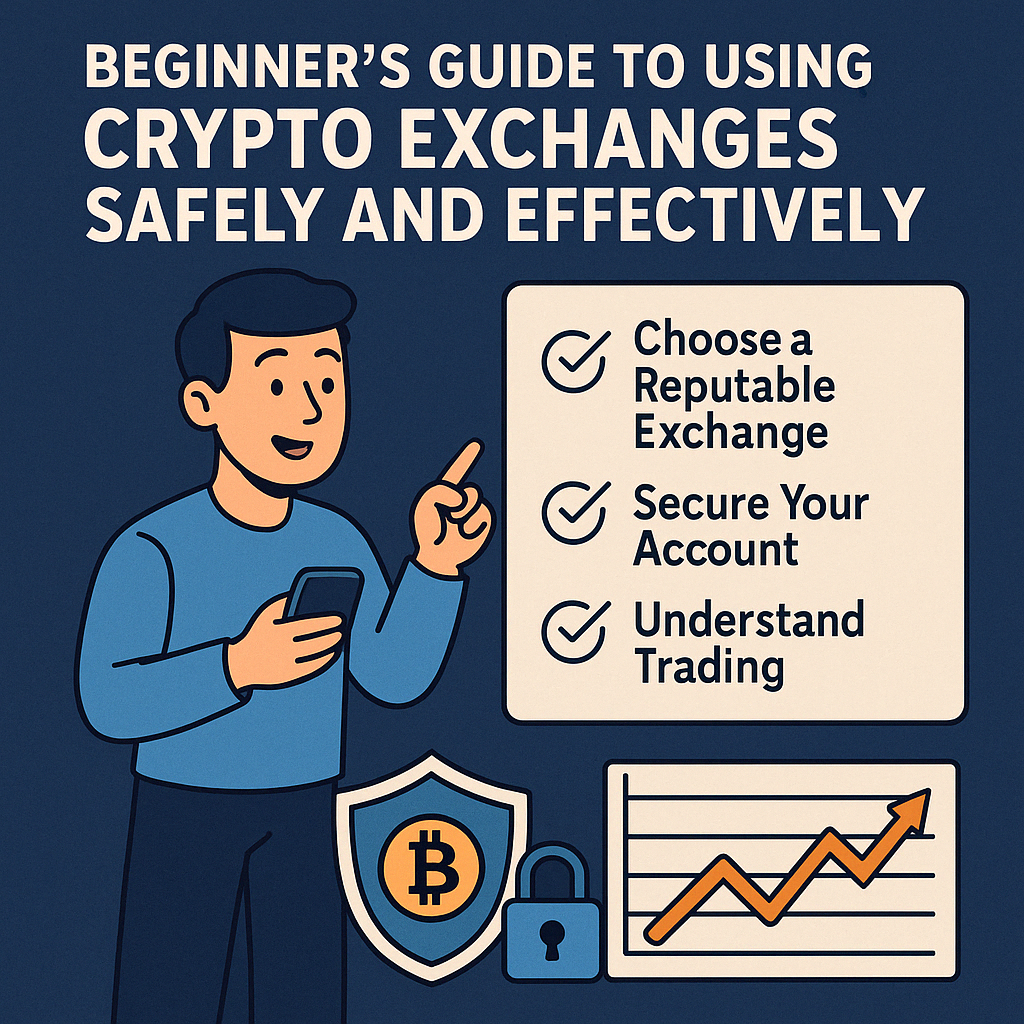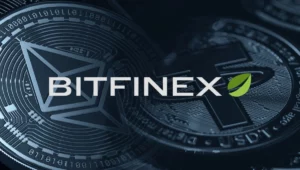
As digital currencies continue to reshape the future of finance, more individuals are turning to crypto exchanges to invest, trade, or explore blockchain-based opportunities. However, for beginners, navigating crypto exchanges can be both exciting and overwhelming. Without the right knowledge, users may face technical challenges, security threats, or even financial losses.
This guide is designed to help newcomers understand how crypto exchanges work, how to get started, and how to use them safely and effectively. Whether you’re planning to buy your first Bitcoin or explore altcoin trading, mastering the basics is essential to protecting your investment and maximizing your experience.
What Are Crypto Exchanges and How Do They Work?
Definition of Crypto Exchanges
Crypto exchanges are digital platforms that allow users to buy, sell, or trade cryptocurrencies like Bitcoin (BTC), Ethereum (ETH), and thousands of other digital assets. Much like traditional stock exchanges, they act as intermediaries between buyers and sellers but operate within the blockchain ecosystem.
Types of Crypto Exchanges
-
Centralized Exchanges (CEX): These are operated by private companies. Users must register and verify their identity (KYC). Examples: Binance, Coinbase, Kraken.
-
Decentralized Exchanges (DEX): These allow peer-to-peer trading without a central authority. No KYC is required, and users retain control of their private keys. Examples: Uniswap, PancakeSwap.
-
Hybrid Exchanges: Combine elements of both CEX and DEX, offering more user control while maintaining liquidity and speed.

How to Get Started on a Crypto Exchange
Choosing a Reputable Exchange
Before signing up, research various crypto exchanges. Check for the following:
-
Regulatory compliance in your country
-
History of hacks or security breaches
-
User reviews and reputation
-
Customer support availability
Choose well-known and regulated exchanges, especially if you’re a beginner.
Creating and Verifying Your Account
The sign-up process typically includes:
-
Registering with your email and creating a strong password
-
Completing KYC verification (uploading ID documents)
-
Setting up Two-Factor Authentication (2FA) for added security
Funding Your Account
You can deposit money into your crypto exchange account by:
-
Bank transfer or credit/debit card (fiat)
-
Transferring crypto from an existing wallet or another exchange
Always double-check wallet addresses before transferring any funds.
How to Trade on a Crypto Exchange
Understanding the Trading Interface
Most exchanges offer a standard interface, including:
-
Trading pairs: BTC/USDT, ETH/BUSD, etc.
-
Order types: Market, limit, stop-limit
-
Candlestick charts: Display price movements over time
-
Order book and trade history: Shows supply/demand and recent trades
Making Your First Trade
-
Choose your trading pair (e.g., USDT/BTC)
-
Decide on the order type (Market for instant buy, Limit for a fixed price)
-
Input the amount and confirm the transaction
Your funds will be reflected in your portfolio after the trade is executed.
Security Tips for Using Crypto Exchanges Safely
Enable Two-Factor Authentication (2FA)
2FA is essential. Use apps like Google Authenticator instead of SMS for enhanced protection.
Use Withdrawal Whitelists and Anti-Phishing Codes
-
Withdrawal whitelist: Only approved wallet addresses can receive your funds
-
Anti-phishing code: Personalized code to detect fake login pages
Avoid Storing Large Balances on Exchanges
Exchanges are convenient but not ideal for long-term storage. Transfer excess funds to:
-
Hardware wallets (Ledger, Trezor)
-
Cold wallets not connected to the internet
Common Mistakes Beginners Should Avoid
-
Using unregulated or sketchy exchanges
-
Ignoring trading fees and hidden costs
-
Clicking on phishing links or downloading fake apps
-
Sharing login credentials or weak passwords
-
Leaving all crypto on the exchange without cold storage backup
By avoiding these errors, you’ll protect both your capital and personal data.
Recommended Crypto Exchanges for Beginners (2025)
| Exchange | Key Strengths | Regulated | Ideal For |
|---|---|---|---|
| Coinbase | Clean UI, strong U.S. compliance | ✅ | Absolute beginners |
| Binance | Low fees, wide coin selection | ⚠️ Limited in U.S. | Intermediate users |
| Kraken | High security, detailed resources | ✅ | Serious learners |
| Bitget | Copy trading options | ❌ | Passive traders |
| OKX | Balanced features + earn options | ⚠️ | DeFi-curious users |
Final Thoughts: Becoming a Smart and Safe Crypto User
Using crypto exchanges doesn’t have to be intimidating. With proper research, a security-first mindset, and gradual practice, even complete beginners can confidently enter the world of cryptocurrency. Start by choosing a reliable exchange, secure your account, and learn the fundamentals before diving into complex trades.
By treating crypto exchanges not just as trading platforms, but as financial tools that require diligence and responsibility, you increase your chances of long-term success—and avoid costly mistakes.
Frequently Asked Questions (FAQs)
What is the safest crypto exchange for beginners?
Coinbase and Kraken are widely regarded as two of the safest crypto exchanges, especially for users in regulated markets like the U.S. and Europe.
Do I need a wallet to use a crypto exchange?
Most exchanges provide built-in wallets, but for better security, it’s recommended to withdraw funds to a personal wallet, especially for long-term storage.
How do I know if a crypto exchange is legit?
Check if it’s regulated, has a physical headquarters, transparent team, good security reputation, and consistent user feedback online.
Can I lose money on a crypto exchange?
Yes. Markets are volatile, and exchanges can be hacked. Proper risk management and security practices are essential.
Is it better to keep crypto on an exchange or in a wallet?
For trading, keep some crypto on an exchange. For storage, especially long-term, use a hardware or cold wallet.























